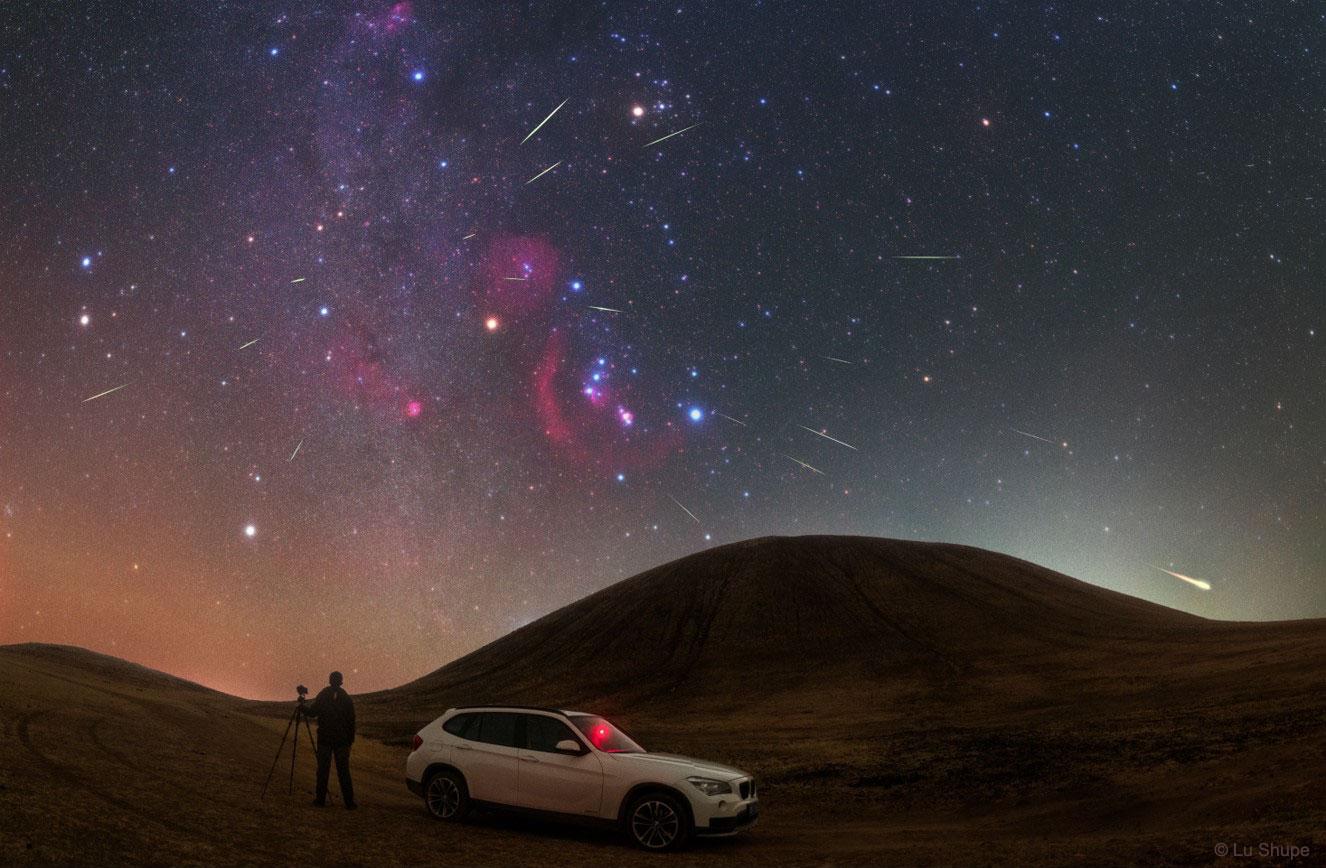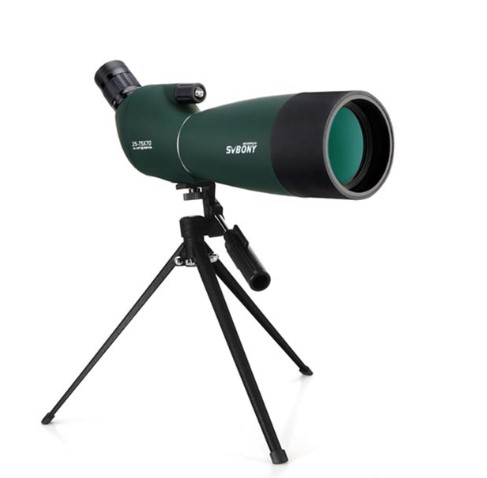October has come and with it A series of fantastic astronomical events! In the coming days, astronomy lovers will have excellent reasons to dust off their telescopes and binoculars and prepare them for celestial observations!
Although astronomical highlights almost always belong to the night sky, this time the first order will take place in broad daylight: an annular solar eclipse will partially obscure the sky, and observers from various corners of the planet will be amazed by this phenomenon!
An annular solar eclipse occurs when the Moon is too far from Earth to completely cover the solar disk, causing a bright ring to form around the darkening Moon. This is exactly what will happen on October 14! The eclipse’s path will begin in the Pacific Ocean off the southern coast of Canada and move towards the southwestern United States through Central America, Colombia and Brazil.
The so-called pathway to annularity, the region where this phenomenon is best seen, includes the Brazilian states of Rio Grande do Norte, Ceará and Paraíba. In other parts of the country, a partial solar eclipse can be observed, where the lunar disk obscures parts of the solar disk. This event is best observed from 15:00 BRT and should not be undertaken without adequate eye protection equipment..
In addition to the solar eclipse, October is also notable for two meteor showers: the Draconids and the Orionids.
The Draconid meteor shower is a subtle and often difficult to observe event. It produces only about 10 meteors per hour and consists of dust grains left behind by comet 21P Giacobini-Zinner. Rain occurs between 6 and 10 October every year and this year it will peak on the evening of the 8th and in the early morning hours of the 9th..
The Orionid meteor shower will be a bigger event and will present an extraordinary sight. It is a meteor shower resulting from the debris left by the famous Halley’s Comet, which occurs every year from October 2 to November 7, and this year it will reach the peak of maximum activity between the evening and early morning hours of the 20th. 21 produces up to 20 meteors per hour.

In these events, meteors will emit from the Dragon constellation and Orion constellation, respectively. but they can appear anywhere in the sky and remain in the field of observation at any point in Brazil..
Using applications such as Carta Celeste, Stellarium and SkyMap are great allies for observing and identifying objects in the sky!
Calendar of major astronomical events for October 2023
02/10: Conjunction between Jupiter and the Moon
06/10: In the First Quarter of the Month
08 and 09/10: Maximum activity of the Draconid meteor shower
10/14: New Moon and Annular Solar Eclipse
10/20 and 21: Maximum activity of the Orionid meteor shower
10/22: In the First Quarter of the Month
10/23: Venus at greatest eastern elongation (best view)
10/24: Moon and Saturn conjunction
10/28: full moon
10/28: partial lunar eclipse
Clear skies and good observations!
Always stay informed about celestial events on TecMundo and get the opportunity to share the October calendar with your friends who enjoy astronomy!
—
SVBONY Monocular Telescope, SV28
65% Closed
)

Ideal for nature lovers, this monocular telescope is perfect for bird and landscape watching! It comes with a tripod, is waterproof and guarantees the best viewing experience within a range of 30 to 70 meters!
₺645.55
Source: Tec Mundo
I’m Blaine Morgan, an experienced journalist and writer with over 8 years of experience in the tech industry. My expertise lies in writing about technology news and trends, covering everything from cutting-edge gadgets to emerging software developments. I’ve written for several leading publications including Gadget Onus where I am an author.












